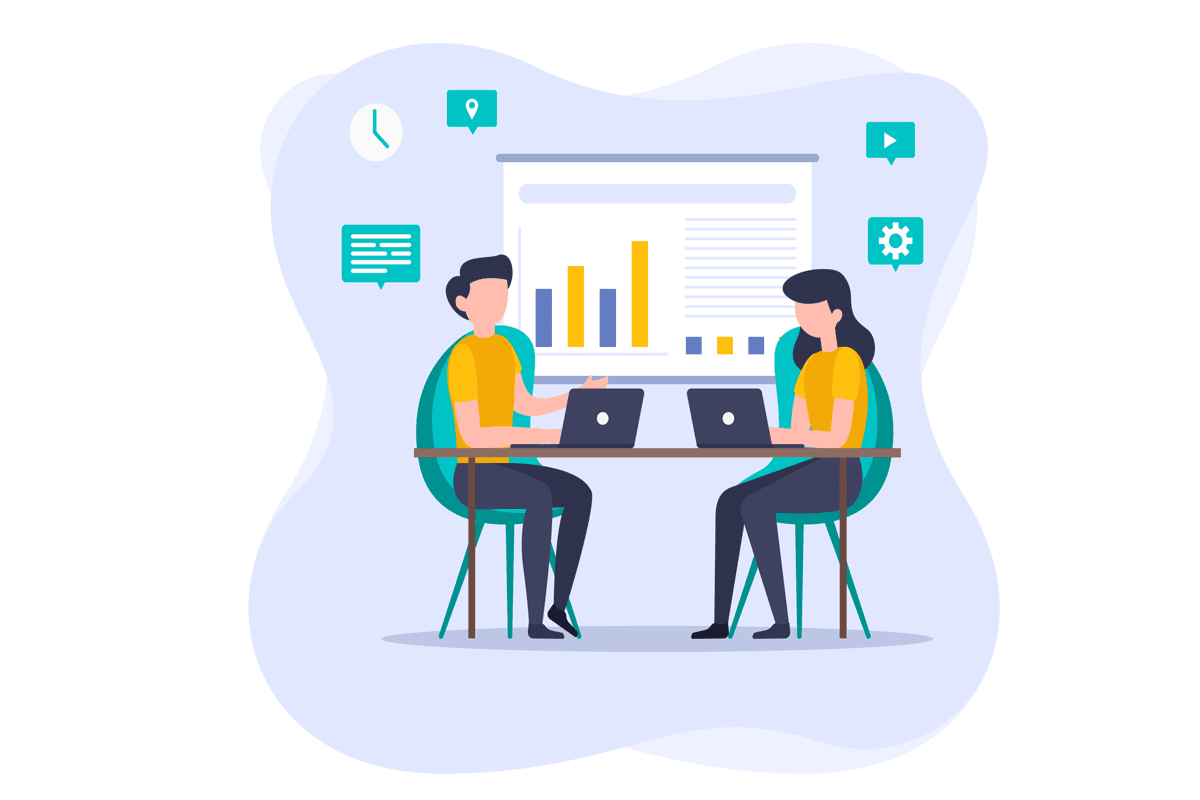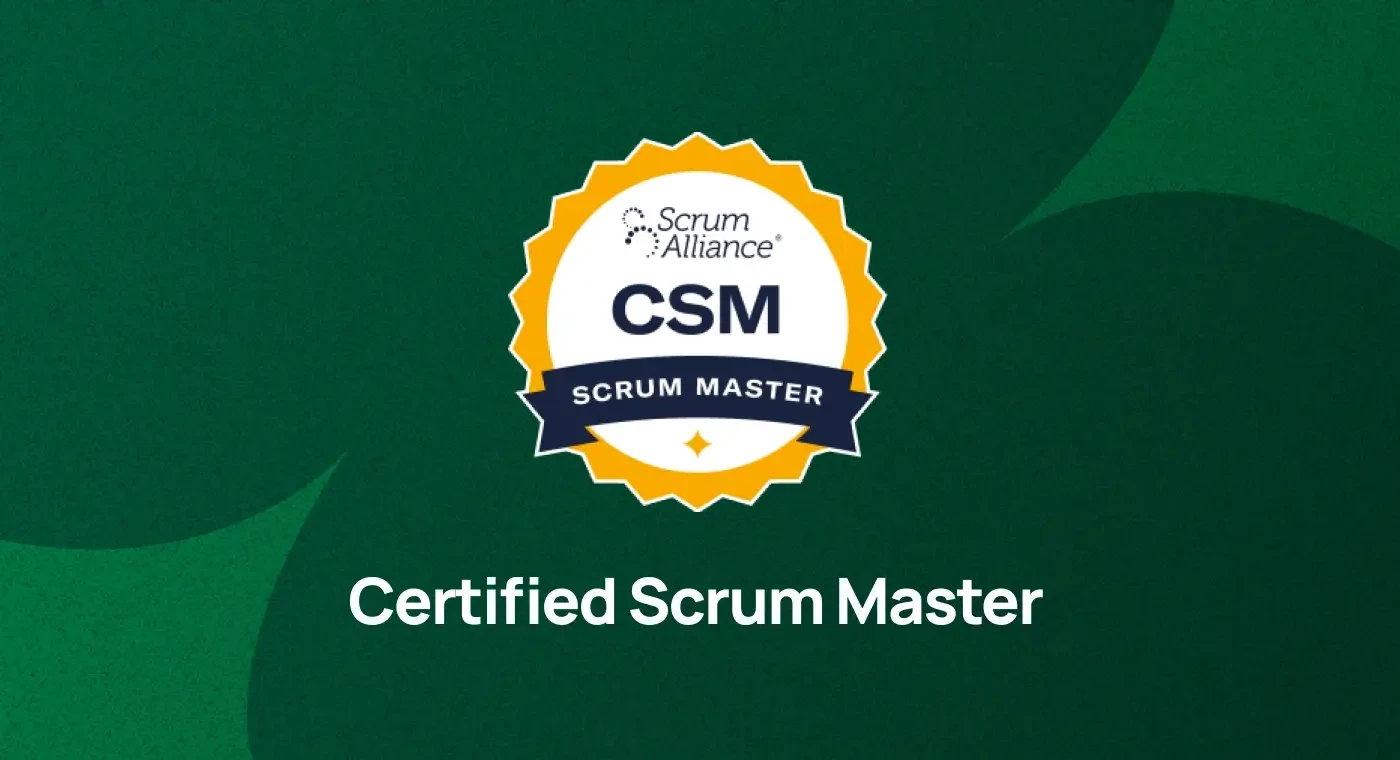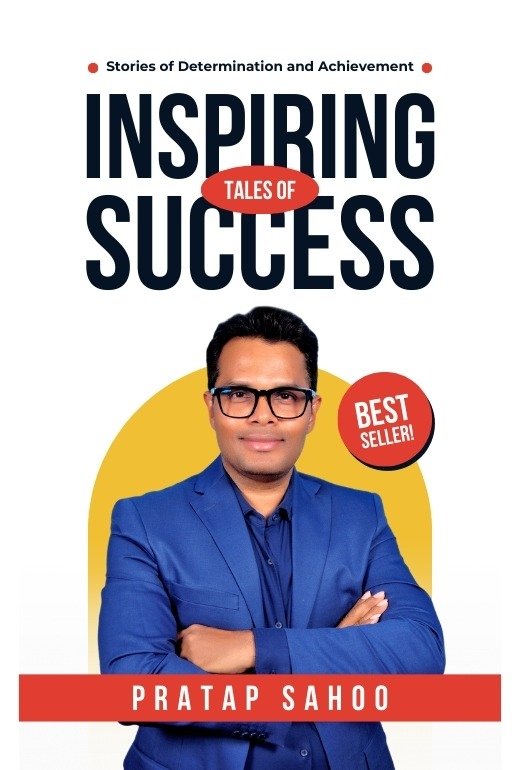Currently Empty: ₹0.00
Agile Management
Product Owner Interview Questions and Answers
A product owner in Scrum team who is responsible for the outcome of the project. He maximizes the value of the product by managing and optimizing the product backlog. A product owner’s key responsibility is to define user stories and create a product backlog. No matter whether you are a beginner or an intermediate or an experienced product owner, this write-up will aid you in increasing your confidence and knowledge of product owner. The questions below are divided into various topics catering to product owner. They range from story grooming, user story splitting and estimation, burn down charts and more. Also, this guide provide step-by-steo explanations for every question which will help you understand the concepts well. With Product Owner interview questions, you can be confident about your preparation for the upcoming interview.
Question 1-5
What is a Product Owner?
A Product Owner defines and prioritizes the product backlog to maximize product value and ensure the development team delivers the right product.What are the main responsibilities of a Product Owner?
Managing the Product Backlog, defining user stories, setting priorities, stakeholder communication, and ensuring value delivery.What is a Product Backlog?
An ordered list of everything that is known to be needed in the product.Who creates the Product Backlog?
The Product Owner is responsible for creating and maintaining the Product Backlog.What is the Scrum framework?
A lightweight, Agile framework used for delivering iterative and incremental products.
Question 5-10
What is a Sprint?
A time-boxed iteration (typically 1–4 weeks) during which the Scrum Team delivers a product increment.What is a user story?
A short, simple description of a feature told from the perspective of the user.What is the INVEST criteria in user stories?
Independent, Negotiable, Valuable, Estimable, Small, Testable.What is the Definition of Done (DoD)?
A shared understanding of what it means for work to be complete.What is backlog grooming or refinement?
An ongoing process where the Product Owner and team review, update, and prioritize the backlog.
Question 10-15
What is a Sprint Goal?
A brief objective that guides the team during the Sprint.How do you prioritize the backlog?
Based on business value, customer needs, urgency, and dependencies.What are the key Scrum roles?
Product Owner, Scrum Master, Development Team.What is the role of a Product Owner in Sprint Planning?
Define the Sprint Goal and clarify the items in the backlog.What is the difference between a Product Owner and a Scrum Master?
A Product Owner owns the product vision and backlog, while a Scrum Master ensures the team follows Agile principles.
Question 15-20
15. Can a Product Owner also be the Scrum Master?
Not recommended, as it can lead to conflicts of interest and compromise both roles.
16. What is a product vision?
A long-term goal or direction for the product that guides the development and decision-making.
17. What is ROI (Return on Investment)?
A measure of the profitability of a product based on benefits received compared to the investment made.
18. What is technical debt?
The cost of additional rework caused by choosing an easier solution now instead of a better one.
19. What is velocity in Agile?
The amount of work a team completes in a sprint, usually measured in story points.
20. How often should a Product Owner interact with the team?
Daily if possible, to answer questions, clarify requirements, and provide feedback.
Question 20-25
What is MVP (Minimum Viable Product)?
The smallest possible product that delivers value and can be validated by customers.What is a product roadmap?
A high-level visual summary that maps out the vision and direction of a product over time.What is a release plan?
A plan that outlines when product increments will be delivered to customers.What is the difference between a requirement and a user story?
Requirements are detailed specifications; user stories are short, user-focused descriptions.What is acceptance criteria?
A set of conditions that must be met for a story to be accepted as done.
Question 25-30
What is the role of the Product Owner in the Daily Scrum?
Typically, the Product Owner does not participate unless needed for clarification.How does a Product Owner interact with stakeholders?
Collect feedback, gather requirements, and align expectations with product development.Can a Product Owner be part of the development team?
It’s not recommended as it may affect objectivity and focus.What is meant by value-driven development?
Delivering features that provide the highest business value first.What is a customer journey map?
A visual representation of the customer's interaction with the product.
Question 30-35
What are Epics, Stories, and Tasks?
Epics are large features, stories are smaller user needs, and tasks are work items to complete stories.What is stakeholder management?
Identifying and engaging stakeholders throughout the product lifecycle.What is a Product Increment?
The sum of all completed Product Backlog items during a Sprint.What tools do Product Owners use?
Jira, Trello, Azure DevOps, Confluence, Aha!, ProductPlan.What is timeboxing?
Allocating a fixed time for an activity to encourage focus and efficiency.
Question 35-40
What is Scrum@Scale?
A framework to scale Scrum across multiple teams and departments.What is a story point?
A unit of measure to estimate the relative effort or complexity of a user story.What is technical debt?
The cost of rework caused by choosing a quick solution instead of a better one.What is the difference between a Product Manager and Product Owner?
Product Managers work on product strategy; Product Owners focus on execution with development teams.What is a wireframe?
A basic visual guide representing the layout and functionality of a product screen.
Question 40-45
What is Kano Model?
A prioritization model that classifies features as Must-Haves, Performance, or Delighters.What are Agile ceremonies?
Sprint Planning, Daily Scrum, Sprint Review, and Sprint Retrospective.What are non-functional requirements?
Requirements related to performance, security, scalability, etc.What is a burn-up chart?
A chart showing completed work over time compared to the total scope.What is backlog velocity?
The rate at which the team completes work in story points per Sprint.
Question 45-50
How do you gather requirements?
Through stakeholder interviews, surveys, market research, and observation.What is Lean Startup?
A methodology for developing businesses/products using MVPs and validated learning.What is a job story?
A user story format focused on the job the user wants to accomplish.What is a spike?
A research activity to reduce uncertainty before development.Why is prioritization important for a Product Owner?
To ensure the team works on the most valuable and impactful features first.
Question 1-5
How do you measure product success?
Using KPIs like customer satisfaction, usage metrics, ROI, NPS, and retention rates.What is MoSCoW prioritization?
Must have, Should have, Could have, Won’t have.What is WSJF (Weighted Shortest Job First)?
A prioritization model based on cost of delay divided by job duration.How do you manage stakeholder conflicts?
Facilitate conversations, identify shared goals, and use data to inform decisions.How do you define and manage product KPIs?
Align KPIs with product goals, track regularly, and adjust based on insights.
Question 5-10
How do you validate a product idea?
Use MVPs, prototypes, customer interviews, and A/B testing.What is dual-track Agile?
Separates discovery and delivery to continuously validate and build.How do you handle unclear or incomplete requirements?
Collaborate with stakeholders and team to refine and clarify.How do you communicate roadmap changes to stakeholders?
Use product demos, status updates, and transparent communication.What is a value proposition canvas?
A tool to ensure a product meets customer needs and expectations.
Question 10-15
How do you manage technical debt?
Prioritize tech debt in backlog and collaborate with developers to address it incrementally.What are OKRs (Objectives and Key Results)?
A goal-setting framework used to align and track measurable goals.How do you handle team disagreements on scope or priorities?
Facilitate discussion, refer to the roadmap, and use business value as a guide.How do you know if a story is ready for development?
It meets Definition of Ready, has clear acceptance criteria, and is well understood.What is opportunity scoring?
A technique to prioritize features based on potential impact.
Question 15-20
What is an Agile release train?
A group of Agile teams that align to deliver value on a fixed cadence.What is a capability map?
Visual representation of the organization’s capabilities related to the product.How do you manage competing priorities across departments?
Align on business goals, negotiate trade-offs, and use prioritization frameworks.What is a customer development process?
A Lean process of understanding and validating customer needs.How do you run a successful Sprint Review?
Focus on demonstration, collect feedback, and align next steps.
Question 20-25
How do you identify customer pain points?
Through feedback, analytics, support tickets, and interviews.What is a product discovery phase?
The stage focused on identifying problems worth solving and validating solutions.How do you conduct A/B testing?
Create two versions of a feature, deploy to subsets of users, and compare performance.How do you collaborate with UX/UI designers?
Share vision, provide feedback, and involve them early in backlog refinement.How do you work with the marketing team?
Coordinate launches, share product roadmaps, and align messaging.
Question 25-30
How do you estimate business value?
Based on ROI, customer impact, risk reduction, and strategic alignment.How do you manage a large backlog?
Prioritize ruthlessly, archive outdated items, and refine regularly.What is the difference between feature and capability?
A feature is a user-facing function; a capability is a higher-level ability of the system.What’s the role of empathy in product management?
Helps in understanding user needs and building relevant solutions.What is a release burn-down chart?
Shows how much work remains before a release.
Question 30-35
How do you evaluate feature requests?
Assess value, alignment with vision, user demand, and technical feasibility.How do you ensure alignment with company strategy?
Regularly review roadmap and backlog with leadership and stakeholders.How do you prioritize bugs vs. features?
Based on severity, impact, and user experience.What is a product-market fit?
When a product satisfies strong market demand and gains traction.What is a no-code MVP?
A minimum viable product built without custom coding (e.g., using forms or landing pages).
Question 35-40
How do you work with remote teams?
Use collaborative tools, maintain clear communication, and set expectations.What is a customer feedback loop?
The process of collecting, analyzing, and acting on user feedback.What’s the importance of product analytics?
Understand user behavior, measure success, and make data-driven decisions.What are pirate metrics (AARRR)?
Acquisition, Activation, Retention, Referral, Revenue.What is the HEART framework?
Happiness, Engagement, Adoption, Retention, Task success (used for UX measurement).
Question 40-45
How do you handle roadmap dependencies?
Visualize dependencies, coordinate with other teams, and adjust timelines.What is customer segmentation?
Dividing users into groups based on behavior, demographics, or needs.What is cohort analysis?
Studying groups of users over time to understand behavior patterns.What is product backlog grooming frequency?
Typically once or twice per Sprint, depending on team preference.How do you manage changing business goals?
Update roadmap and backlog accordingly and communicate changes.
Question 45-50
What is the difference between validation and verification?
Validation checks if we built the right product; verification checks if it was built correctly.What is feature parity?
Ensuring a new version or platform has all the same features as the old one.What is the difference between innovation and iteration?
Innovation brings new ideas; iteration improves existing ones.What is user onboarding?
The process of guiding new users to product value.What is product lifecycle management?
Managing a product from idea to retirement, including updates and decommissioning.
Question 1-5
How do you drive strategic product decisions?
Align vision with company goals, use market data, and prioritize initiatives with measurable impact.How do you handle product roadmap uncertainty?
Use theme-based planning, embrace flexibility, and communicate clearly with stakeholders.How do you balance innovation with core product stability?
Allocate roadmap capacity to both areas and evaluate market demand regularly.How do you influence without authority?
Build relationships, communicate clearly, and use data to support decisions.What is your approach to competitive analysis?
Track competitor features, pricing, and user sentiment to differentiate the product.
Question 5-10
How do you scale product ownership in a large organization?
Use shared product ownership, delegate backlog responsibilities, and collaborate across teams.How do you define and manage a product vision?
Collaborate with stakeholders, focus on customer outcomes, and revisit vision regularly.What’s your experience with experimentation frameworks?
Use A/B testing, hypothesis-driven development, and feature toggles.What is Blue Ocean Strategy?
Creating uncontested market space rather than competing in existing markets.- What’s your approach to managing B2B vs. B2C products?
B2B requires deeper stakeholder engagement; B2C focuses on scale and UX.
Question 10-15
How do you assess product risk?
Evaluate technical feasibility, market uncertainty, and potential failure impact.What’s your process for launching a new product?
Discovery → MVP → Beta testing → Feedback → Public launch → Continuous improvement.How do you handle misalignment with C-level executives?
Clarify objectives, present data, and find common ground through structured discussions.What frameworks do you use for prioritization?
RICE, MoSCoW, WSJF, Eisenhower Matrix.How do you track the success of a product feature post-launch?
Monitor adoption, customer feedback, and defined KPIs.
Question 15-20
How do you manage cross-functional alignment?
Establish regular syncs, shared OKRs, and collaborative roadmaps.What’s your approach to sunset a product?
Communicate early, migrate users, minimize disruption, and provide alternatives.How do you manage executive-level stakeholders?
Provide data-driven updates, roadmap clarity, and build trust through delivery.What is your approach to global product strategy?
Localize features, consider compliance, and adapt go-to-market per region.What is the difference between outcome and output?
Output is what we build; outcome is the impact of what we build.
Question 20-25
How do you handle competing KPIs across departments?
Align on shared goals and compromise using executive-level arbitration.How do you balance long-term vision with short-term execution?
Use dual-track planning: strategic roadmap vs. tactical delivery.What is your approach to managing internal vs. external stakeholders?
Internal: alignment and planning; External: feedback and advocacy.How do you evolve the product based on emerging technologies?
Stay informed, experiment with prototypes, and assess tech fit vs. value.How do you define and maintain product-market fit at scale?
Regularly evaluate customer needs, market trends, and product performance.
Description
The Product Owner is a pivotal role in an Agile team, serving as the primary liaison for stakeholder needs and representing the team’s goals and progress. They are solely accountable for maintaining the quality and value of the team’s output and own the responsibility for managing the product backlog.
Demand for skilled Product Owners is strong across industries. A quick look at job postings shows top companies actively seeking candidates for this role. Currently, there are over 300 open Product Owner positions on LinkedIn in Spain alone. Research indicates that the average annual salary for a Product Owner in the United States is around $105,158, while in India, the average salary is approximately ₹9,97,286 per year, according to Indeed.








